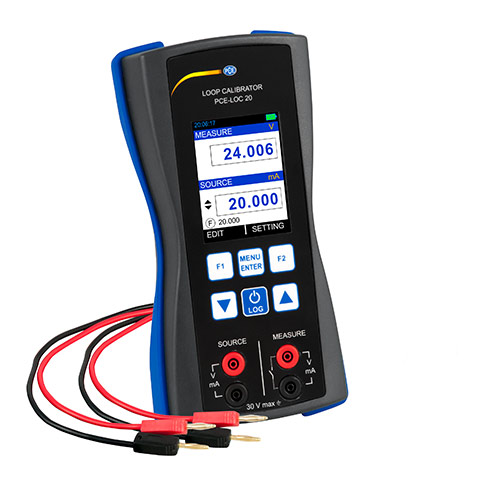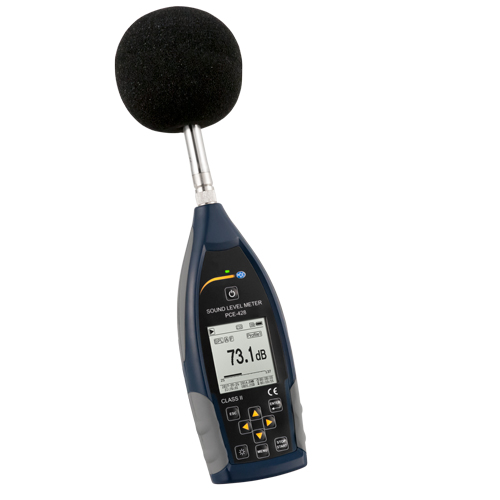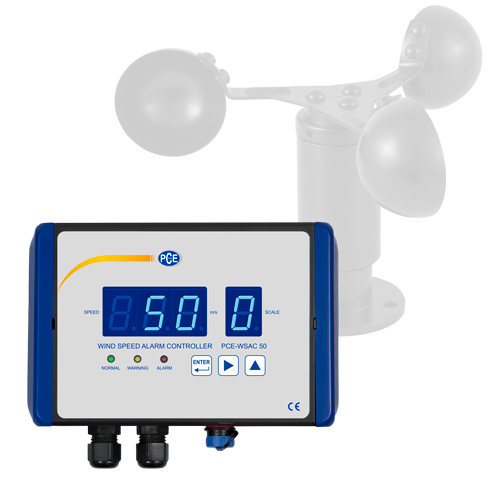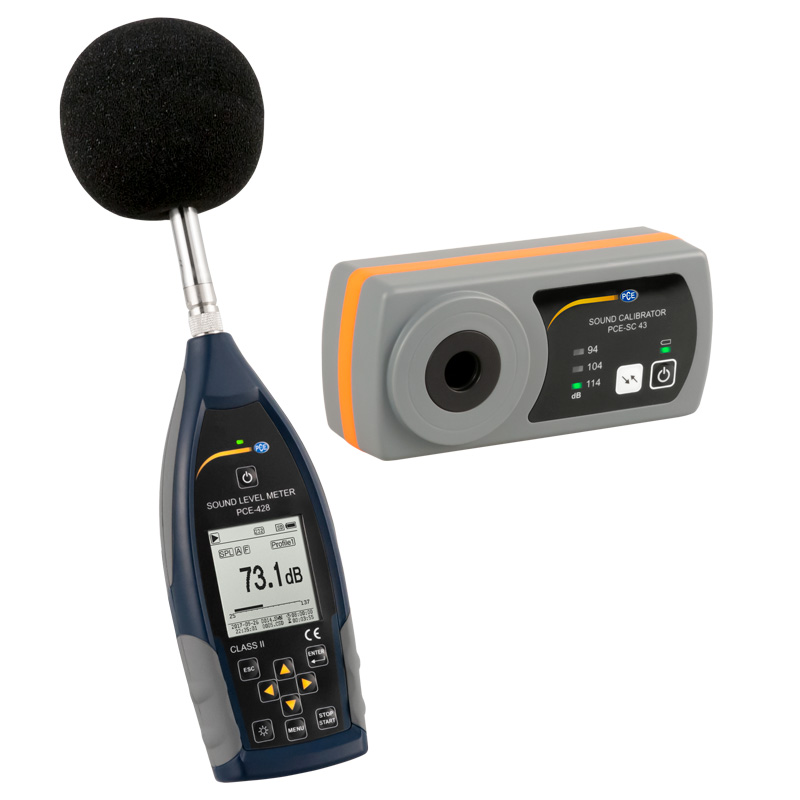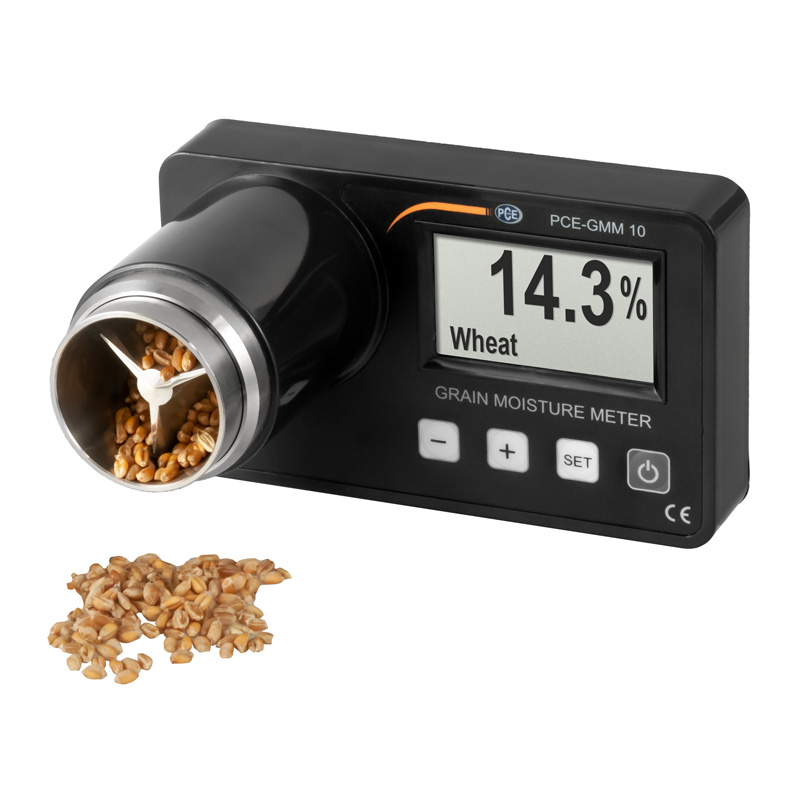Loop Calibrator, a versatile instrument used in process control and instrumentation to measure and simulate electrical signals within a current loop. Loop calibrators are essential tools for maintaining and troubleshooting control systems in various industries, including manufacturing, automation, and field instrumentation. Here are the key features of our Loop Calibrator:
PCE
Loop Calibrator
Key Features:
- Current Measurement and Simulation:
- Measure and Simulate: Loop calibrators can measure the current flowing through a loop and simulate a specific current to test and calibrate devices within the loop.
- Voltage Measurement:
- Voltage Capability: Some loop calibrators also have the capability to measure and simulate voltage signals in addition to current.
- mA and Voltage Source:
- mA Source: The loop calibrator can act as a current source, providing a known current in the loop for testing and calibration.
- Voltage Source: It can also act as a voltage source, providing a known voltage for testing and calibration.
- Precision and Accuracy:
- High Accuracy: Loop calibrators are designed for high accuracy to ensure precise calibration of instruments and sensors in the loop.
- Adjustable Output:
- Adjustable Current and Voltage: The output signal from the loop calibrator is typically adjustable, allowing users to set the desired current or voltage level for calibration.
- Calibration of Process Instruments:
- Pressure Transmitters, Temperature Sensors, etc.: Loop calibrators are commonly used to calibrate a variety of process instruments, including pressure transmitters, temperature sensors, flow meters, and more.
- Measurement Display:
- Digital Display: The calibrator features a digital display that shows the measured or simulated current/voltage, making it easy for users to read and interpret the values.
- Safety Features:
- Overload Protection: Some models may include features such as overload protection to prevent damage to the calibrator or connected instruments in case of excessive current or voltage.
- HART Protocol Compatibility (Optional):
- HART Communication: Certain loop calibrators support the Highway Addressable Remote Transducer (HART) communication protocol, allowing communication with HART-enabled devices for configuration and calibration.
- Portable and Handheld Design:
- Portability: Loop calibrators are often designed to be portable and handheld, allowing technicians to easily carry and use them in the field.
- Battery Operated:
- Battery Power: The calibrator is typically powered by batteries, providing flexibility for field use where power sources may be limited.
- Step and Ramp Function (Optional):
- Step Calibration: Some loop calibrators offer step and ramp functions, allowing users to simulate gradual or step changes in current or voltage for dynamic testing.
- Current Loop Troubleshooting:
- Fault Finding: Loop calibrators can be used for troubleshooting current loops, identifying faults, and verifying the integrity of the loop.
- User-Friendly Interface:
- Intuitive Controls: The calibrator is designed with a user-friendly interface, featuring intuitive controls for ease of operation.
- Compliance with Standards:
- Industry Standards: Our Loop Calibrator is manufactured to comply with relevant industry standards, ensuring its performance and accuracy meet established norms.





